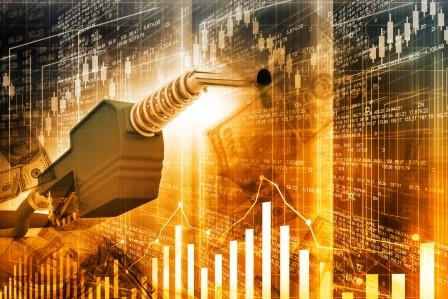In India, the inflation rate as measured by the consumer price index (CPI) reached 6.30 percent in May 2021, breaching the upper band of 6 percent under the inflation-targeting framework.
Rising inflationary pressure is posing a threat to the recovery of the Indian economy. Inflation expectation has risen considerably not just in India, but across the globe. Some of the central banks in these economies have even gone for rate hikes to curb the rising prices.
In India, inflation rate as measured by the consumer price index (CPI) reached 6.30 percent in May 2021, breaching the upper band of 6 percent under the inflation-targeting framework. The supply-side disruption caused by lockdowns and other restrictions could be cited as a major factor in pushing the inflation rate to an uncomfortable range.
Last year, when the country was in a complete lockdown, inflation rate reached 7.22 percent (in April’20). Yet, the wholesale price index (WPI) that tracks changes in prices at the wholesale level registered 1.57 percent negative growth in April 2020. Currently, one could witness price pressure at the wholesale level too.
For instance, WPI registered 13 percent growth in May 2021. The low base effect is a major factor that has pushed the WPI to double digits as inflation rate (WPI) was at (-)3.37 percent in May 2020.
Nevertheless, rising fuel prices have also contributed to the elevated price levels, as evident from the growth rate of various components in WPI. For instance, crude petroleum and natural gas registered a growth of 56.06 percent. Similarly, mineral oils registered a growth of 81.16 percent YoY in May 2021. In this backdrop, one needs to be extra-cautious as rising fuel prices can heat up the economy as a whole. Fuel prices have a trickle-down effect, as its impact can be seen across sectors, pushing up the cost of transportation, raw materials and food prices. Rising fuel prices could lead to higher retail inflation i.e. one needs to spend more money on commodities and services.
RBI would be in a dilemma, as it follows an inflation-targeting framework, with the inflation goal at 4 percent, +/- 2 percent. While on the one hand, the central bank has to devise measures to support growth, and on the other hand it needs to control inflation rate. Rising inflation rate has also sparked a debate on whether the Indian economy is experiencing stagflation.
Article first published in Economic Times.








